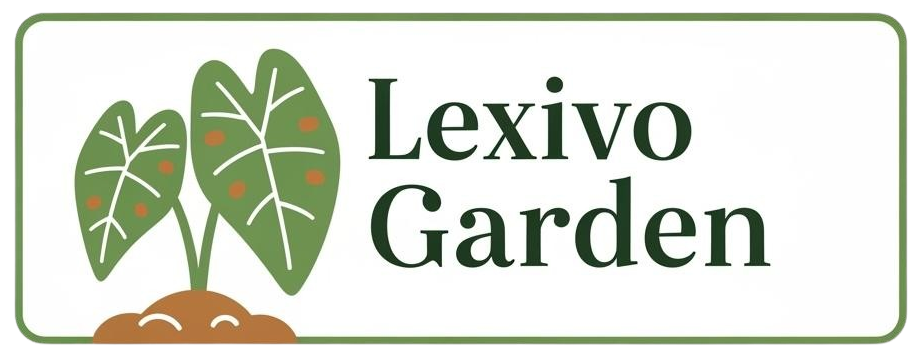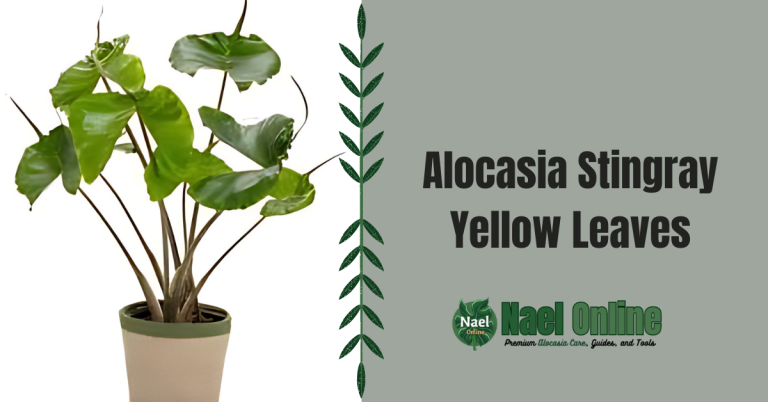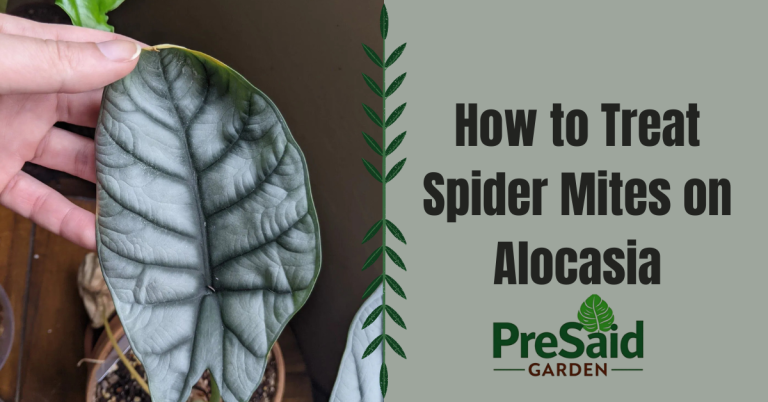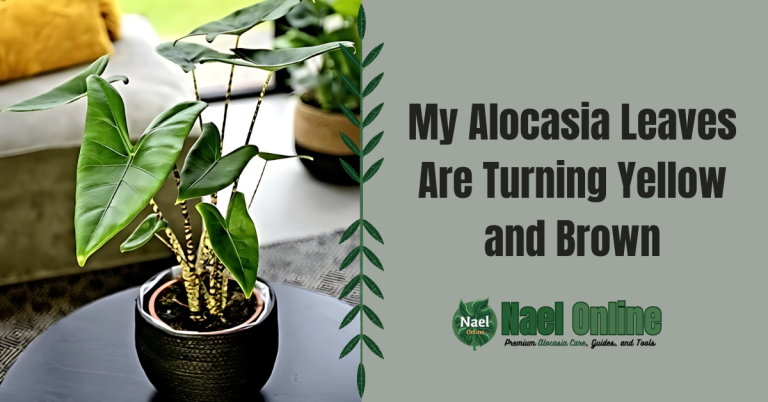How to Know If Alocasia Is Dying: Key Signs & Recovery Tips

Hey there, fellow plant parents! Lucas William here from Lexivo Garden. After nurturing Alocasias for over a decade in my Portland home, I’ve seen these dramatic beauties thrive and, sometimes, take a turn for the worse. Today, I’m spilling the tea on how to know if your Alocasia is dying and what you can do to bring it back from the brink.
Before we dive in, remember that a healthy Alocasia starts with the right tools. Check out our shop at Lexivo Garden for top-notch plant pots, pruning shears, and fertilizers that’ll keep your green babies happy!
The Alocasia Drama: When Things Go South
Alocasias are the divas of the plant world. They’re stunning when happy but boy, do they let you know when they’re not! Here’s what I’ve learned about spotting trouble:
1. The Yellowing Leaf Saga
When I first noticed yellow leaves on my Alocasia Polly, I freaked out. But here’s the scoop:
- Old leaves naturally yellow: It’s normal for 1-2 lower leaves to yellow and die off as new ones grow.
- Whole plant yellowing: This is a red flag. It often means overwatering or poor drainage.
Quick Fix:
- Check soil moisture with your finger. If it’s soggy, let it dry out.
- Ensure your pot has drainage holes. No one likes wet feet, especially Alocasias!
2. Crispy Brown Edges: The Thirst is Real
Crispy brown leaf edges were my wake-up call to humidity issues. Here’s what I learned about how to know if Alocasia is dying from lack of humidity:
- Low humidity: Alocasias love moisture in the air. Dry air = crispy leaves.
- Underwatering: Not enough water can also cause brown edges.
Moisture Boosters:
- Group plants together to create a mini humidity zone.
- Use a pebble tray filled with water under the pot.
- Invest in a humidifier (your skin will thank you too!).
3. The Drooping Drama
Seeing my Alocasia Amazonica droop like a sad puppy was heartbreaking. Here’s why it happens:
- Overwatering: Soggy soil leads to root rot, causing drooping.
- Underwatering: Too dry, and leaves droop to conserve water.
- Temperature shock: Sudden temp changes can cause drooping.
Perk-Up Plan:
- Feel the soil. Adjust watering accordingly.
- Move plant away from drafts or heat sources.
- Maintain temps between 60-80°F (15-27°C).
4. Spotty Situation: When Leaves Get Lesions
Dark spots on leaves had me googling “how to know if Alocasia is dying” at 2 AM. Here’s what I found:
- Fungal infection: Often caused by overwatering or high humidity without air circulation.
- Pest damage: Spider mites and other critters can cause spotting.
Spot Treatment:
- Improve air circulation with a small fan.
- Treat with a fungicide if needed.
- Inspect for pests and treat accordingly.
5. The Great Leaf Drop
When my Alocasia started dropping leaves faster than I drop my phone, I knew something was up:
- Natural dormancy: In winter, some leaf drop is normal.
- Stress response: Major changes in environment can cause leaf drop.
Leaf-Saving Strategy:
- Maintain consistent care, especially in winter.
- Gradually acclimate plants to new environments.
The Alocasia Care Cheat Sheet
Here’s a quick reference guide to keep your Alocasia thriving:
| Care Aspect | Ideal Conditions |
|---|---|
| Light | Bright, indirect light |
| Water | Keep soil moist but not soggy |
| Humidity | 60% or higher |
| Temperature | 60-80°F (15-27°C) |
| Soil | Well-draining, rich potting mix |
| Fertilizer | Monthly during growing season |
Reviving Your Alocasia: The Comeback Kid

Now that we’ve covered how to know if Alocasia is dying, let’s talk revival:
1. Root Check and Repot
If you suspect root rot:
- Gently remove the plant from its pot.
- Trim away any mushy, dark roots.
- Repot in fresh, well-draining soil.
2. Leaf Triage
- Remove any yellowed or severely damaged leaves.
- This helps the plant focus energy on new growth.
3. Light Rehab
- Move to a brighter spot, but avoid direct sunlight.
- East-facing windows are often perfect.
4. Humidity Boost
- Set up a humidifier nearby.
- Mist leaves daily (but not in the evening to prevent fungal growth).
5. Feeding Time
- Once you see new growth, start fertilizing.
- Use a balanced, water-soluble fertilizer at half strength.
The Alocasia Grower’s Toolkit
Every plant parent needs the right gear. Here are my must-haves from Lexivo Garden:
- Moisture meter: Takes the guesswork out of watering.
- Neem oil: A natural pest deterrent and leaf shine.
- Pruning shears: For clean cuts when removing damaged leaves.
- Humidifier: Your Alocasia’s best friend.
FAQs: Your Burning Alocasia Questions Answered
Q: Can an Alocasia come back from root rot?
A: Yes, if caught early! Remove affected roots, treat with fungicide, and repot in fresh soil.
Q: Why are all the leaves on my Alocasia dying?
A: This could be due to overwatering, underwatering, or a drastic change in environment. Check soil moisture and recent changes in its location.
Q: How often should I water my Alocasia?
A: It depends on your home’s conditions, but generally, water when the top inch of soil feels dry. In summer, this might be 1-2 times a week.
Q: Can Alocasia survive in low light?
A: They can survive, but they won’t thrive. Low light leads to leggy growth and fewer leaves.
Q: My Alocasia’s leaves are curling. What’s wrong?
A: Curling leaves often indicate underwatering or low humidity. Increase watering frequency and boost humidity.
Wrapping Up: Your Alocasia’s Second Chance
Knowing how to spot a struggling Alocasia is half the battle. With these tips and a bit of TLC, you can turn your plant’s health around. Remember, every leaf tells a story, and with patience, you can write a happy ending for your Alocasia.
Ready to give your Alocasia the VIP treatment? Swing by Lexivo Garden for all your plant care needs. From perfect pots to premium fertilizers, we’ve got you covered.
Happy growing, and may your Alocasias always be thriving, not just surviving!






